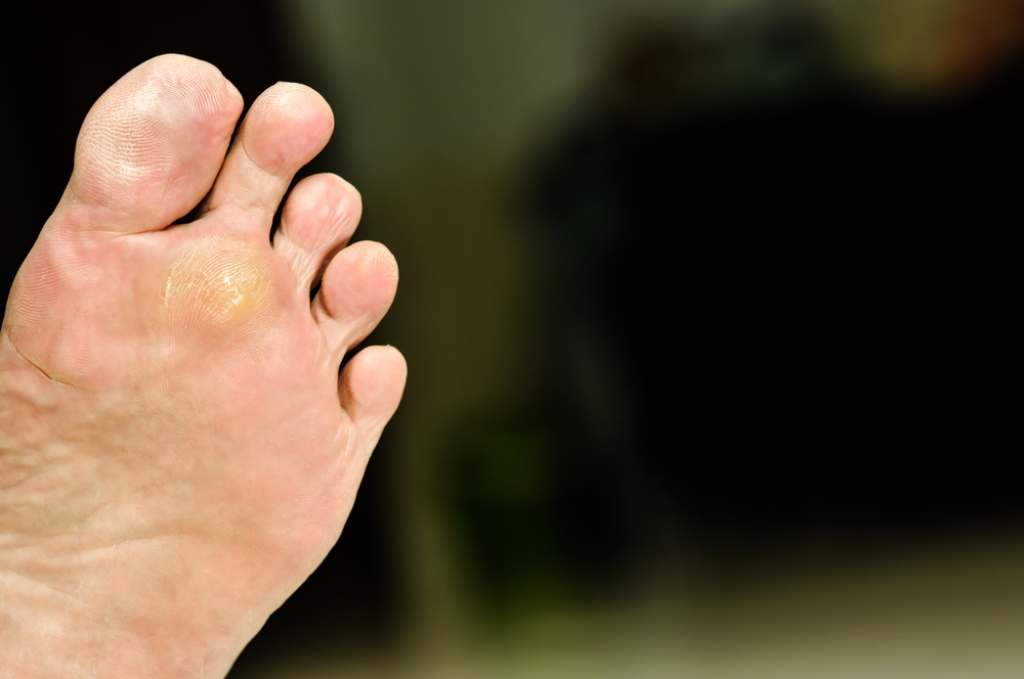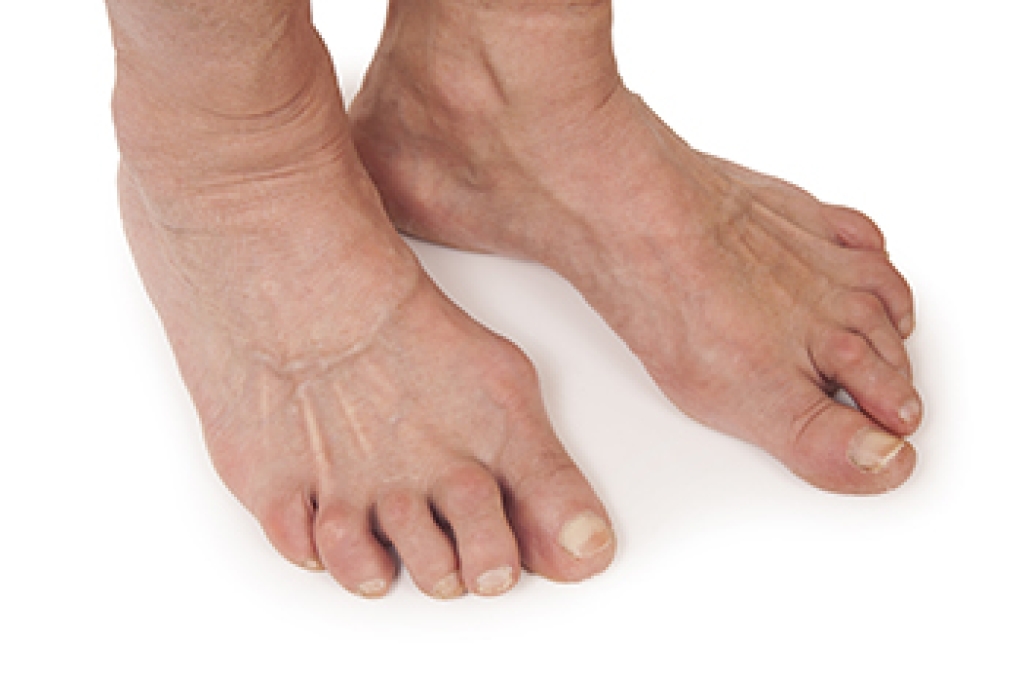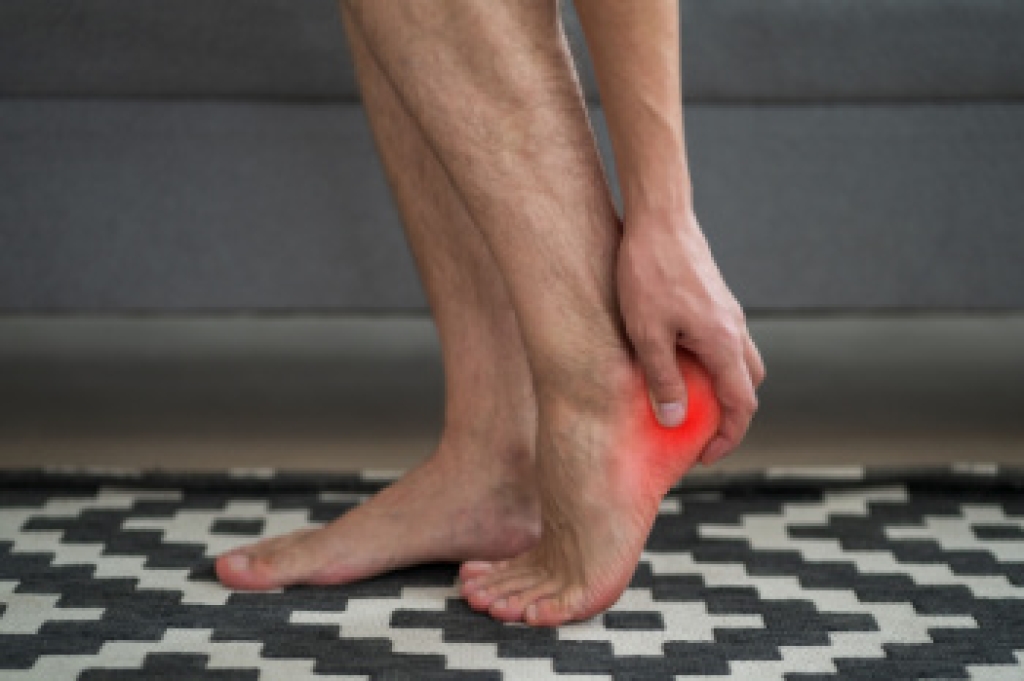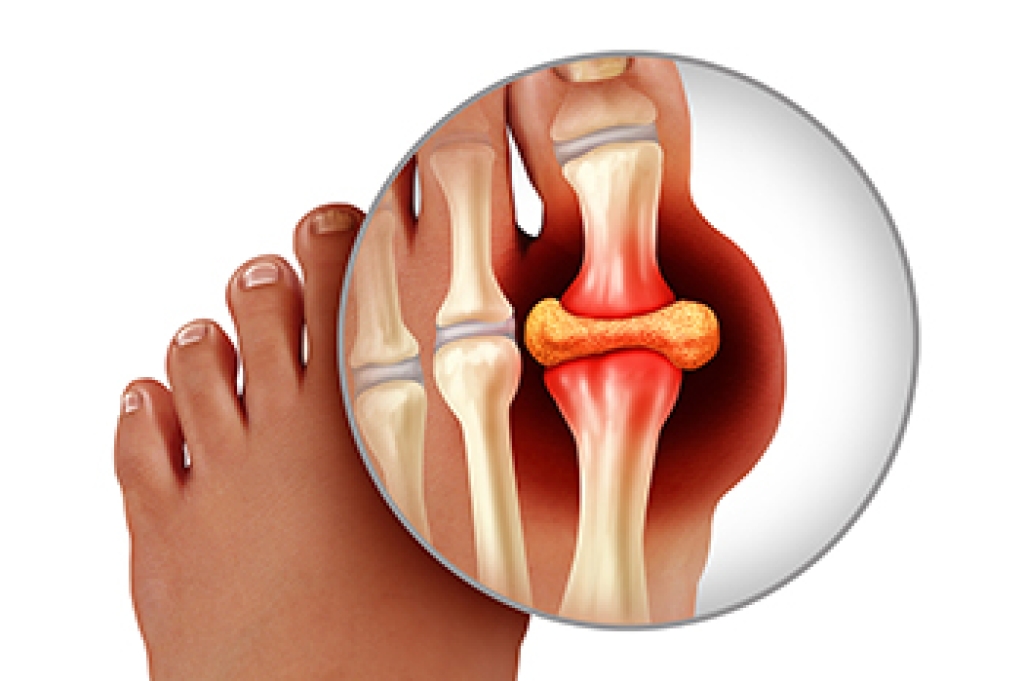
A plantar wart is a small growth on the bottom of the foot caused by the human papillomavirus, or HPV. These warts can be painful when pressure is applied and may have a rough, grainy surface. Signs that a plantar wart is healing include the disappearance of the lump, absence of black dots, and reduced or no pain while walking or standing. Proper evaluation is essential, as warts can resemble other foot conditions. A podiatrist can provide effective treatments such as topical medications, cryotherapy, other targeted therapies, or minor surgical removal to eliminate the wart and prevent recurrence. Early intervention ensures faster recovery, protects surrounding tissue, and reduces discomfort. If you have developed a plantar wart, it is suggested that you consult a podiatrist who can offer effective treatment solutions.
Plantar warts can be very uncomfortable. If you need your feet checked, contact Alice Kim, DPM from 101 Foot and Ankle. Our doctor will assist you with all of your foot and ankle needs.
About Plantar Warts
Plantar warts are the result of HPV, or human papillomavirus, getting into open wounds on the feet. They are mostly found on the heels or balls of the feet.
While plantar warts are generally harmless, those experiencing excessive pain or those suffering from diabetes or a compromised immune system require immediate medical care. Plantar warts are easily diagnosed, usually through scraping off a bit of rough skin or by getting a biopsy.
Symptoms
- Lesions on the bottom of your feet, usually rough and grainy
- Hard or thick callused spots
- Wart seeds, which are small clotted blood vessels that look like little black spots
- Pain, discomfort, or tenderness of your feet when walking or standing
Treatment
- Freezing
- Electric tool removal
- Laser Treatment
- Topical Creams (prescription only)
- Over-the-counter medications
To help prevent developing plantar warts, avoid walking barefoot over abrasive surfaces that can cause cuts or wounds for HPV to get into. Avoiding direct contact with other warts, as well as not picking or rubbing existing warts, can help prevent the further spread of plantar warts. However, if you think you have developed plantar warts, speak to your podiatrist. He or she can diagnose the warts on your feet and recommend the appropriate treatment options.
If you have any questions, please feel free to contact our office located in Camarillo, CA . We offer the newest diagnostic and treatment technologies for all your foot care needs.




